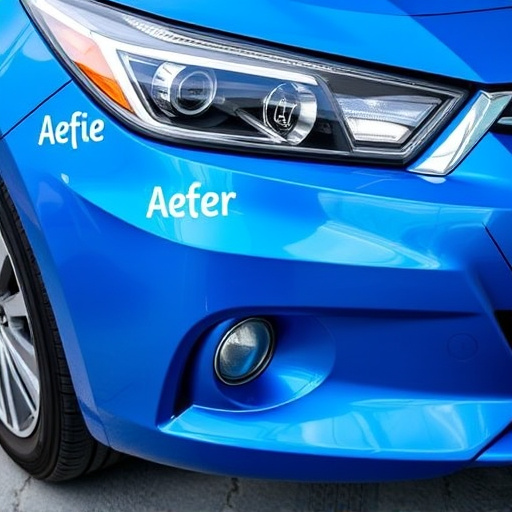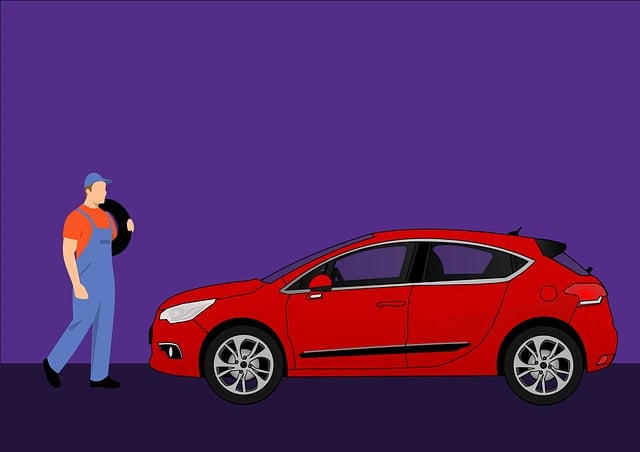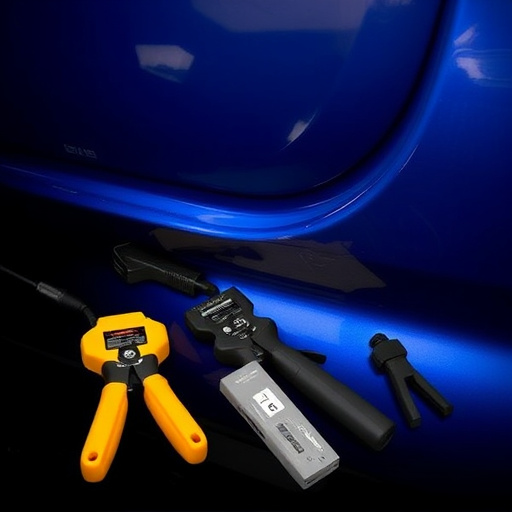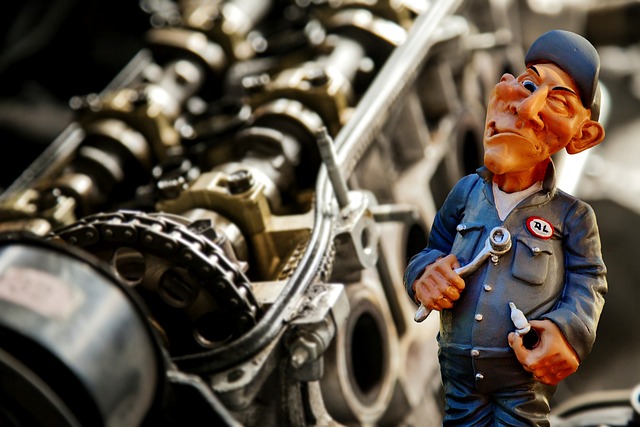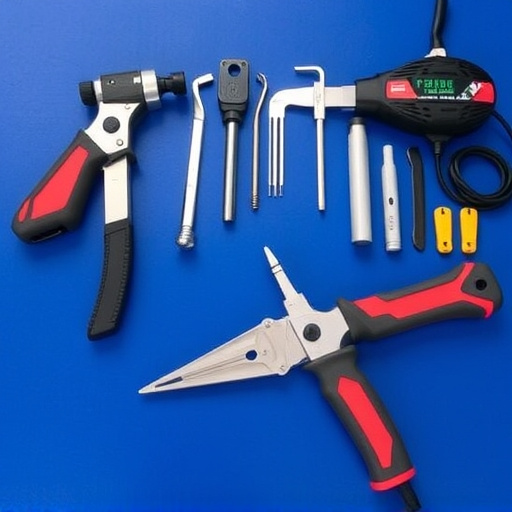The automotive industry experiences seasonal collision repair peaks due to weather and accidents, impacting service times. Insurance companies and drivers can optimize this by recognizing these patterns. Auto shops can enhance customer satisfaction during peak seasons with transparent communication via digital tools for real-time update tracking. Meeting customer expectations of swift service is crucial, especially in seasonal collision repair.
In the dynamic landscape of automotive services, understanding and managing seasonal collision repair peaks are paramount. This is especially true as shops grapple with increased demand during peak times, such as after major accidents or holidays. Effective communication strategies become crucial for maintaining customer satisfaction and operational efficiency. By deciphering these peaks and implementing tailored tactics, shops can streamline repairs, manage expectations, and ensure a seamless experience for clients amidst the seasonal chaos of collision repair.
- Understanding Seasonal Collision Repair Peaks
- Effective Communication Strategies for Shops
- Customer Expectations and Management Techniques
Understanding Seasonal Collision Repair Peaks

The automotive industry experiences distinct seasonal fluctuations, particularly during collision repair seasons. These peaks are characterized by an influx of vehicles requiring repair due to weather-related incidents, accidents, and other unforeseen circumstances. Understanding these seasonal collision repair peaks is essential for both insurance companies and vehicle owners. By recognizing these patterns, insurers can optimize their claims processing, while drivers can prepare for potential delays and make informed decisions about choosing a body shop.
During these peak periods, traditional body shop services might face increased demand, leading to longer wait times. This is where innovative repair techniques like paintless dent repair gain prominence. As the name suggests, this method repairs dents without the need for traditional painting, offering a faster and more efficient solution. Such advancements in vehicle repair services cater to the heightened needs of customers during these bustling seasons.
Effective Communication Strategies for Shops

Effective communication is key for shops to manage expectations during peak seasons. With an influx of vehicles requiring collision repairs, whether due to weather-related incidents like hail storms or accidents, clear and concise messaging can significantly enhance customer satisfaction. Shops should adopt strategies that provide transparent updates on repair timelines. This could involve sending automated emails or text messages with detailed schedules, including estimated times for parts acquisition, labor, and final quality checks.
Additionally, utilizing digital platforms to create a centralized online portal for customers to track their vehicle’s progress is beneficial. Here, clients can access real-time information about the status of their luxury vehicle repair, scratch repair, or hail damage repair, fostering a sense of involvement and trust. Regular updates, even if there are no major changes, help manage customer expectations and ensure they feel part of the process, especially during stressful times like peak seasons for collision repairs.
Customer Expectations and Management Techniques

Customer expectations play a significant role in shaping how effectively shops communicate repair timelines during seasonal collision repair peaks. With an increase in vehicle collisions during specific seasons, customers often expect swift and efficient service. This expectation is driven by the desire to get their vehicles back on the road as quickly as possible, minimizing inconvenience and potential financial losses from extended downtime. Shops must recognize this need and adapt their communication strategies accordingly.
Shops can manage customer expectations through transparent and timely updates. Implementing robust systems for tracking repairs, scheduling, and communication ensures that customers are well-informed throughout the process. For instance, using digital platforms to provide real-time status updates on fender repair or Mercedes Benz collision repair allows customers to stay apprised of their vehicle’s progress. Additionally, setting clear expectations about turnaround times, especially during peak seasons, helps manage customer satisfaction and fosters trust in the shop’s capabilities to handle increased workloads associated with seasonal collision repair.
Shops play a vital role in managing customer expectations during peak seasons, as effective communication regarding repair timelines is essential. By understanding seasonal collision repair demands, adopting innovative communication strategies, and implementing robust customer management techniques, businesses can enhance satisfaction levels and build trust. These practices ensure clients are well-informed, reducing anxiety and fostering positive relationships, even amidst the hustle and bustle of busy periods. This approach ultimately contributes to a successful and efficient repair process during times of heightened demand.

